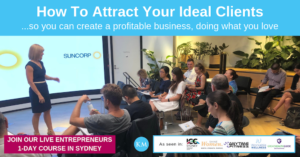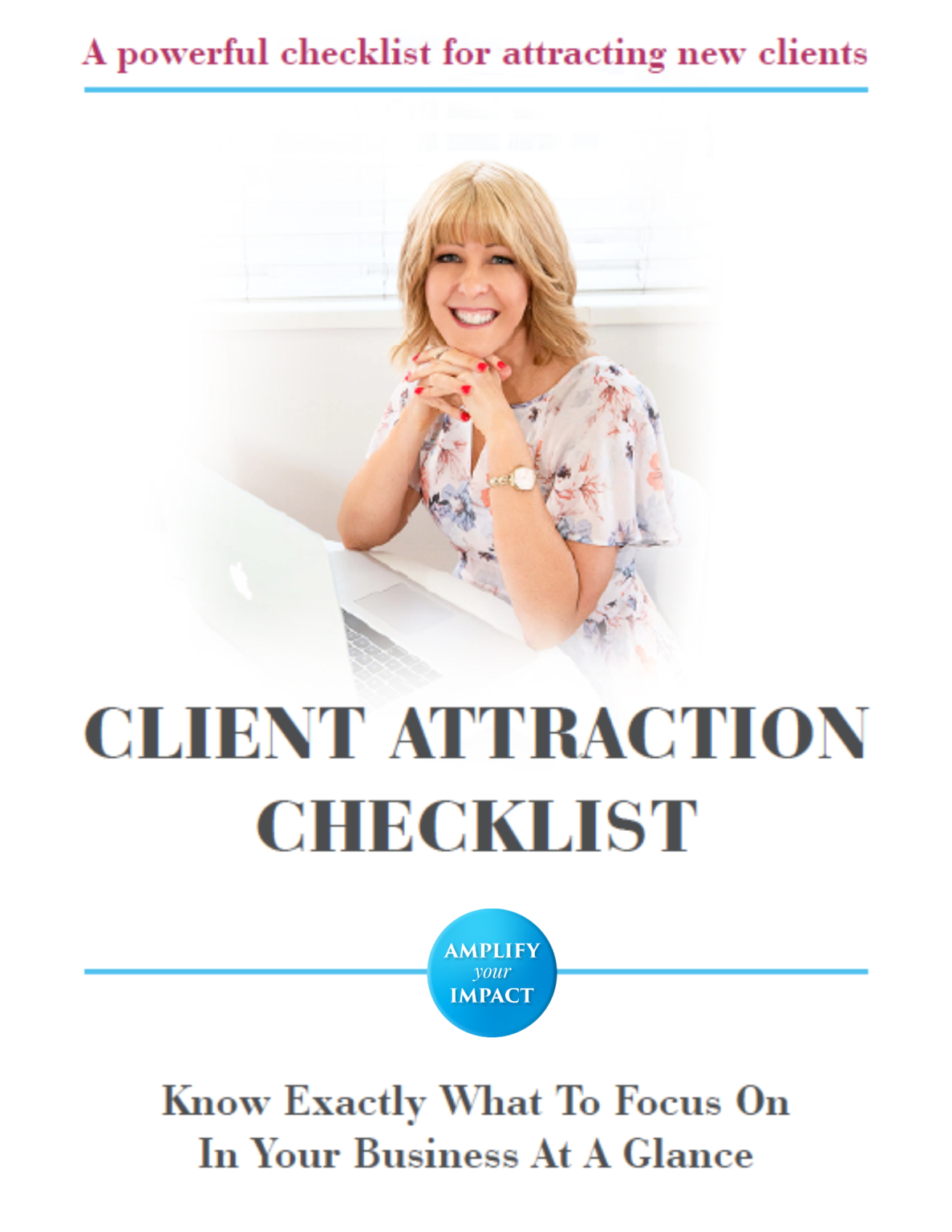Since the dawn of time, human beings have asked themselves “What’s my purpose?”
If you want to be fulfilled, happy and content, finding your passion and purpose is one of the best places to explore.
When you know your purpose, you live a more meaningful life and feel a deep sense of fulfillment.
For some people, their purpose and passion in life are obvious. They have clear talents and develop them into skills they can use as their job or business.
For other people, like myself, the road is not so clear.
I’ve definitely been on both sides of knowing what I should do with my life.
Many of us enjoy a bunch of random, seemingly unrelated things.
When I was trying to figure out what I wanted to do in life, I looked at the things I loved.
Writing, going to conferences, walks in nature, weight training, listening to books, playing the drums, latin dancing, sharing to groups, deep conversations, travelling…
I found it so confusing to try and figure out what things I should attempt to turn into a career and what things should be left as hobbies.
What it came down to was that I believed the lie that we can’t make money from the things that we love.
It’s a lie that seems to be so insidiously entrenched in our culture and it’s simply not true.
Many, many people make money doing what they love. They chose to refuse the notion that we must endure work in order to get money to pay for our hobbies and lifestyle.
I felt suffocated working in stale offices under fluorescent lights, amongst the politics, gossip and having to ask permission to take time off.
It took me a while to figure out that being a business owner was the best path for me. That my purpose was about helping others to find freedom through entrepreneurship.
It enabled me to do multiple things and combine multiple skills with my knowledge, experience and most importantly my passion to help people.
But after realising it, I still had to give myself permission to ‘go against the grain’ at the time.
I needed to give myself permission to stop asking “Who am I to do that?” and start asking “Why not me?”
I needed to leave my ‘safe and stable’ job.
Something that helped me to figure out my purpose was asking myself these 3 questions:
- What makes me most happy and fulfilled?
- What difference do I want to make in the world?
- What do I feel wired for and called to do?
In my heart, I knew I wanted to speak and write. I wanted to train and coach. I wanted to be a thought leader. I wanted to help people reach their potential. I would do these things if nobody paid me to do them. They made me come alive.
I needed to explore, to ‘date’ some things until the clarity came.
Clarity is not static. It doesn’t come from sitting in our house over-analysing everything.
You can’t think your way into finding your purpose; you have to ‘do’ your way into it. The more we act, the more we get clarity.
Clarity comes when we’re moving and doing things.
True fulfillment comes from designing your own life.
Do you want more clarity on your purpose?
Here are 3 actions that will help you:
- Ask yourself regularly “How can I use what I’m passionate about to help others?” This will expand your mind to endless possibilities that will give your life richness and meaning. We’ll fall short if we only focus on ourselves.
- Actively look for opportunities to get to know ourselves and others better. Research. Watch videos and listen to podcasts. Read every book you can get your hands on that calls to you. Seek guidance from people who can help you find your purpose.
- Pay close attention to the people and opportunities that show up in your life. They are there to either teach you something or help you on your path.
Follow these three steps consistently. If you do, you will wake up one day and realise that your life is completely transformed.
You’ll feel fulfilled, happy, and content because you’ll be passionately living your purpose.
Do you feel on purpose? What helped you get there? Post in the comments, I’d love to hear 🙂
Want more like this?
Go here to receive weekly strategies to grow your business by attracting new clients straight to your email inbox
Go here to join our Facebook group ‘Amplify Your Influence’ for entrepreneurs making a difference
Go here to connect on Instagram

